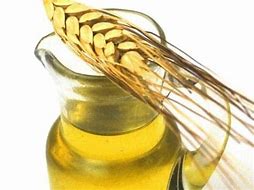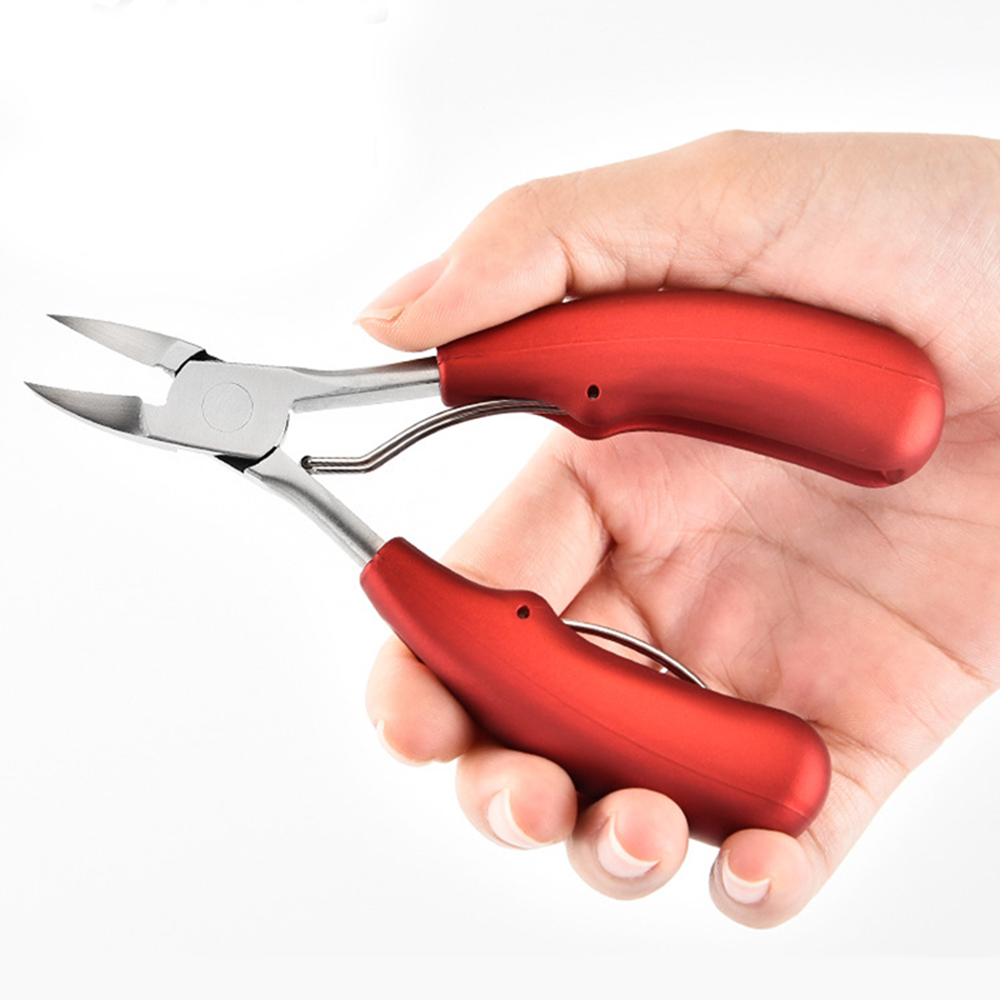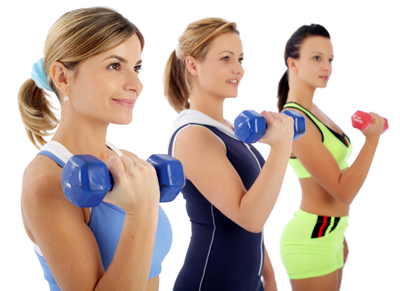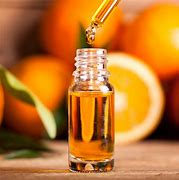Calluses and Corns - 3
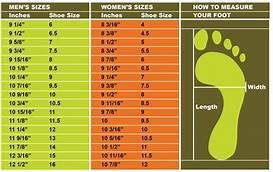



Calluses and Corns - 3
Relieve the pressure
You can relieve pressure on your feet by using pads, modifying your shoes, or applying digital sleeves (toe splints). For people who have difficulty reaching their feet, permanently adjusting a shoe is the easiest and most effective way of relieving pressure on a callus.
Whats's more, pads applied to a shoe adhere better than ones applied to the skin, so you don't have to reapply them quite so often. One other consideration: applying adhesive pads directly to the foot can irritate the skin. This potential irritation can be avoided by applying the pad to the shoe instead.
The most versatile padding is adhesive moleskin,a product that is found in most pharmacies and can be cut to the necessary shape and size.Shoe modifications to relieve pressure by some estimates, one out of four people would benefit from modifying their footwear.
For those with foot pain or difficult to fit feet, that percentage is surely higher. Some very simple shoe modifications, such as stretching or padding, to relieve pressure points can have tremendous benefits.
A podiatrist or certified pedorthist can provide invaluable advice in this regard.Shoes with removable insoles are best for making modifications. Often, after the shoes have been worn for a few weeks, an imprint of the foot can be seen on the insole. This imprint makes it easier to determine the best location to place padding.
Because many insoles compress in areas of pressure, placing a pad for a painful forefoot callus is done simply by finding the dented area of the insole and padding around it-not on it.
Relieving pressure with moleskin is achieved by applying shaped pads cut to size. Horseshoe pads, donut pads, or parallel strips of padding around the painful area work very well in distributing pressure away from the affected area.
When it is not obvious where to pad the shoe, there is a simple trick for locating the proper area and applying padding: Mark the painful area on the skin with a dot of lipstick and then step into the shoe without a sock.Make sure the skin contacts the shoe by pressing on the shoe with your fingers.
When the shoe is removed, the pressure area will be obvious by the lipstick mark.
Place padding around (not on) the lipstick mark.Placing padding directly on the skin can be done periodically or in an emergency to temporarily offload pressure on a callus. But for long-term relief, it is best to pad the shoes instead.
Not only will the padding last longer, but you are less likely to develop a skin rash or tear the skin. Unless directed by a doctor, you should not use any adhesive products on your skin if you have diabetes, a circulation disorder, or skin that is especially fragile, sensitive, or thin.
Shoes that do not have removable insoles can also be modified, but it is much more difficult to do so. As a general rule, shoes that don't have removable insoles aren't going to be cushioned or supportive as those that do.If it is necessary to purchase a more supportive insole to add to the shoe, that insole will fit better into the shoe if the original insole is first removed.
But simple modifications can be made with commercially available adhesive pads to just about any shoe if necessary.There is also a commercially available forefoot sleeve that looks like a sock for the forefoot.
The slip-on fabric sleeve has a large gel pad in the forefoot that can offer grest cushioning. The forefoot sleeve works especially well when wearing slippers, sandals, or shoes that do not have adequate cushioning.
Reference:Great Feet For Life: Paul Langer, DPM
Articles - Latest
- A yoga teacher says this five-minute stretch is all you need to maintain flexibility in your spine
- Can't do a deep squat? Use this coach's four-step plan
- 6 Reasons Your Feet Are So Itchy
- Surprising Benefits of Using Bay Leaves on Your Feet
- I run 50 miles a week and this is my go-to 20-minute yoga-for-runners workout to boost my flexibility
- How to do hanging leg raises with perfect form, according to trainers
- The two exercises everyone should add to their strength workouts to see results, according to an expert trainer
- 1 year of heavy strength training could offer 4 years of benefits, study suggests
- Research Has Unveiled How Many Sets You Need to Do to Build Muscle
- I did 50 frog crunches every day for a week — here's what happened to my abs
- 10 physio-approved exercises for runners that will help you build strength and mobility
- Forget sit-ups — this 3-move standing ab workout chisels your abs and obliques
- What to do when plantar fasciitis is so bad you can't walk
- Five exercises better than side bends to sculpt strong obliques
- Forget Russian Twists — this 10-minute stability ball workout targets your abs and glutes
- Professor explains how we are all doing one exercise wrong and it is causing us pain
- Supplies, Description, and Usage - Tech Nails-2
- Supplies, Description, and Usage - Tech Nails
- Exercises for Plantar Fasciitis
- Shoes, insoles and splints: Cushioning and support - Plantar fasciitis
- 10 best bum workouts and 25 bum exercises for a 🍑'ier butt
- The dos and don’ts of running when you’re over 40
- This 30-minute workout can be done from just about anywhere
- I teach stretching routines for a living — 3 exercises that strengthen your hips and open your hamstrings
- Somatic exercise has gone viral promising to lower cortisol levels, ease stress, and boost health - so, does it actually work?
Articles-Popular
- Home
- Calluses and Corns-4-Padding and Insoles To relieve Pressure
- Add Muscle, Build Stamina and Fire up Your Metabolism with Our Three-Move Strongman Circuit
- The two exercises everyone should add to their strength workouts to see results, according to an expert trainer
- Appreciate Your Feet
- Contacts
- Therapy Price List- Aromatherapy - Counselling
- WEB - LINKS
- The Awareness of Foot Care
- Nail Technician Resume
- Join us as a Therapist
- Blisters on the Feet
- Skin Care-Feet
- Galleries
- TCM - Therapy Prices
- Podiatry/Chiropody Price List
- Bacterial Infections
- Nail Technician Job Description
- Itching Skin on the Feet
- Athlete's Foot
- Sweaty or Smelly Feet
- Gallery - Pedicured Feet
- Appointments
- Calluses and Corns - 2
- Skin Changes Associated with Blood Flow
